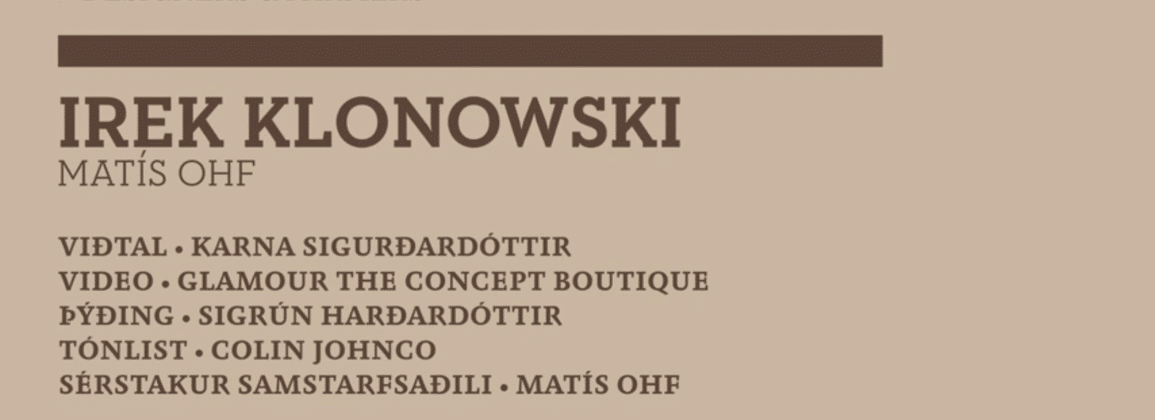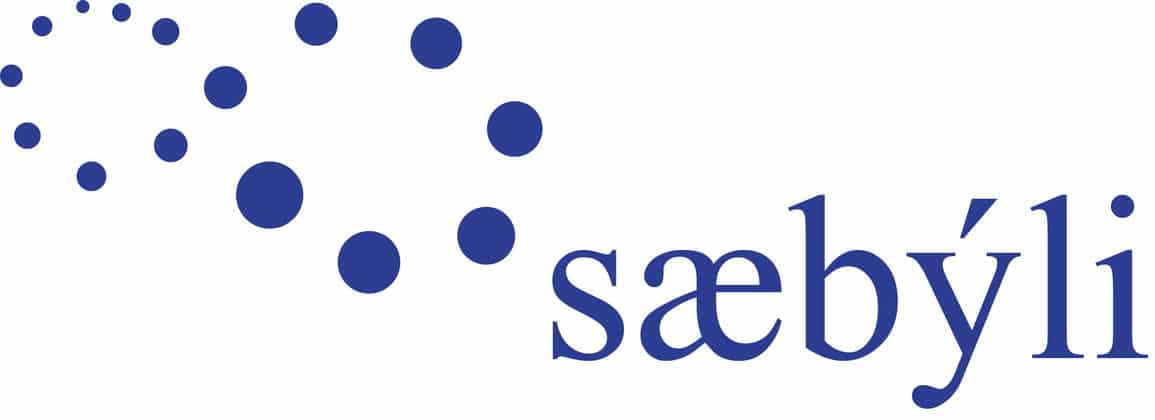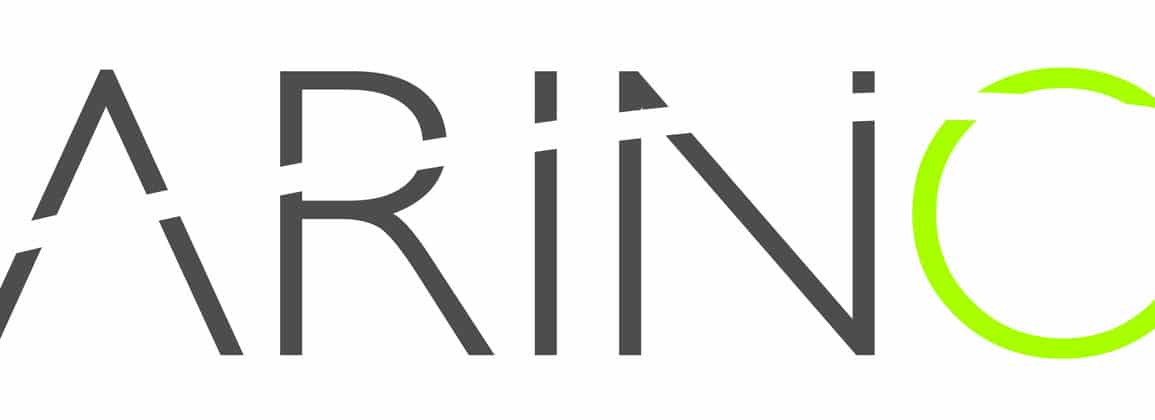A detailed interview was with Sigurjón Arason, chief engineer at Matís, in Morgunblaðið recently. weekend. There, Sigurjón crosses a wide field in the fishing industry. The interview can be found in part here.
"The sea is full of untapped opportunities," said Sigurjón Arason, Matís' chief engineer. He was recently promoted to professor of food engineering at the Faculty of Food and Nutrition at the University of Iceland (UI) and gave an introductory lecture on that occasion last Thursday.
"All my projects have been around the fish and fish industry," said Sigurjón in a conversation with Morgunblaðið. He said that he had done his job in broad collaboration with many companies and is a bridge between the university community and the fishing industry. With advances in professorships, those connections are being made more visible.
Fish have been caught here for centuries. But what has scholarship brought to the fishing industry?
"We are getting about 280 billion for what comes out of the sea. If we did not have all this knowledge and skills, we would be getting about 150 billion for the same catch. We get a 40% value increase due to knowledge. When we were starting our doctoral projects related to fish processing, we had a salt fish utilization of 44%. Now it's about 58%. In wreck processing it was considered good to have 42% utilization, now it is around 50%. In light salting, we are talking about 65-70% utilization instead of 42% utilization here before, "said Sigurjón.
Opportunity instead of waste
There has been a huge revolution in raw materials that were previously called "waste". Sigurjón says that he dropped the concept 15 years ago. Instead of talking about "waste", he saw an opportunity. He said that these opportunities are beginning to bring the economy 30-40 billion in revenue a year. These include products such as fish oil, liver, eggs and heads.
Great technological development
"There has been a very big and fun development around the fishing industry and it has intensified lately," said Sigurjón. He mentioned knowledge companies such as 3X, Skagann, Marel, Trackwell and more. "In the last ten years, there has been a huge increase that has been driven by the need of the industry. Among other things, an AVS research fund was established in the fisheries sector. Research funding from it has been managed very systematically according to the market needs of products and equipment. "
Behind the good price obtained for fresh fish today lies an enormous amount of work to improve transport processes, refrigeration and shelf life.
"Ten years ago, the shelf life of fresh cod was seven days, but now it is 12-14 days. The big companies such as Brim, HB Grandi, HG and Samherji have a great honor there. They have followed us very closely in developing new processes. Then there is a new box of fresh fish that increases the shelf life. "
Increased shelf life makes it possible to export fresh fillets by cargo ship, which costs around one euro less per kilo than by air. There was a significant increase in exports of fresh fillets by ship from 2010 to 2012. In 2012, exports of fresh fillets by ship amounted to 44% of all such exports. Ship exports then returned about ISK 13 billion or 39% of the export value of fresh fillets.
Most of the fresh fish exported is cod. Although fillets are often mentioned, it is primarily cod fillets, the foremost and thickest piece of the fillet, that are exported fresh.
"When we were starting out, the neck piece was about 33% of the wreck, but now it has become 50%. Measurements showed that we could go back to the wreck and get the same texture, "said Sigurjón. He said that in previous years we had tried to shorten the gap between the fish consumer and the producer. With fresh fillets and cod fillets, we would have hit the nail on the head.
A prerequisite for being able to export fresh fish is to cool the catch a lot as soon as it comes on board and maintain the cooling. Also that the fish is properly bled and gutted. Sigurjón said that the large shipping companies had placed great emphasis on good cooling and bleeding.
Cod is king
Sometimes people talk with longing about the big fish dishes factories that Icelanders had abroad. They sawed down fish blocks and sold fish sticks in a grater. Sigurjón said that it had been a low-priced fish that might have returned around ISK 500 per kilo at current value, while fresh cod fillets would have returned ISK 1,800 per kilo. From the rest of the fillet, new products have been developed, such as "baby" fillets, center pieces or strings that yield ISK 800-1,100 per kilo.
"These products next to the saddle have started to yield much more value than the block ever did," said Sigurjón. He said that fishmeal factories could, however, create certain opportunities if, for example, we could produce human food from blue whiting.
"We want cod as king. Then we can take the king's little brother, the blue whiting, which is a white muscle and would be very suitable for a block and a sawn-off pole, "said Sigurjón.
Miracle in the mackerel
"When we started fishing for mackerel in 2007, everything first went into smelting while we were gaining fishing experience with foreigners. They said we could never take this mackerel and process it for human consumption because we caught it at the wrong time of year. Foreigners were not allowed to say that to Icelanders. Then we all went to one category about the utilization of mackerel. The herring processing in Neskaupsstaður, Ísfélag Vestmannaeyja, HB Grandi, Samherji and everyone else joined forces. We turned this around in one winter. In 2008, 90% of the mackerel went into smelting, but in 2009, 90% went for human consumption, "said Sigurjón. The magic was to quickly cool freshly caught mackerel on board the vessels down to -1.5 ° C to -1.8 ° C. Ice crystals begin to form in the flesh of mackerel at -2.2 ° C. The fishing was based on the vessels' cooling capacity and not on their fishing capacity. With this rapid and heavy cooling, the red cat was prevented from eating its way out of the mackerel's stomach and damaging its flesh. The mackerel was also very fat and there was a risk that the muscles would explode and become loose. The cooling prevented the fish from getting into puree.
A similar method has been used for freshly exported cod. It is cooled to -1 ° C on board because the first ice crystals form in the flesh of the cod at -0.9 ° C. Sigurjón said that Icelanders had acquired a great deal of knowledge in these disciplines worldwide.
But where are the next opportunities?
Sigurjón said, for example, that blue whiting can be examined more closely with a view to using it for human consumption. The blue whiting is now being dried and sold to Nigeria. It is very good as a dried fish. According to Sigurjón, there are many other opportunities associated with further processing of pelagic fish. There are also opportunities related to all kinds of technology in collaboration with companies that build machines for the fishing industry and thus export Icelandic technology and knowledge.
There are also great possibilities associated with the utilization of algae and seaweed in the ocean around the country. Certain shellfish species could be examined much better than has been done. Sigurjón mentioned more processing of sea urchins and shellfish. There are also many opportunities to bring a finished product closer to the market.
According to Sigurjón, much remains to be done regarding better handling and utilization of catfish. These include, for example, bleeding the catch correctly to ensure that the blood leaves the fish but does not remain in the muscles. This results in a more expensive and better product than if the fish is badly bleeding.
"The market is not asking for pink cod but for white. We are in competition with cheaper species of white muscle fish such as the Asian fish pangasius. It travels all over Europe and is very cheap. If we want to turn the cod into a pangasius species, we will reduce the price by 50-70% and we do not want that, "said Sigurjón. "Cod should be the king of the white muscle and it should be treated that way, whether on large boats or small ones."
Catching cod at the right time
Sigurjón said that people need to be careful not to lose the cod fishery out of control, as he believes has happened this summer and last summer.
"The fish should be caught at the right time of year. The cod is the worst when it is being taken on the small boats and they bring it ashore uncooled, which I am not at all happy with. We have shown with our science that the cod is poor in June, "said Sigurjón. He pointed out that many larger fishing companies actually stopped cod fishing in June and July and it is no coincidence. Then the cod is loose in the flesh. Fishing it then is like slaughtering the rivers of newborns.
Many opportunities in agriculture
Sigurjón has paid a lot of attention to the fishing industry, but are there equally good opportunities in agriculture?
"There are a lot of untapped opportunities in agriculture. That requires much more research, development and understanding, "said Sigurjón. He mentioned, for example, that although we have come a long way in many areas in the production of agricultural products, Icelanders are sold on foreign cheeses. This is an indication that there are opportunities for further development in this country.
Regarding meat processing, Sigurjón mentioned that there is more to it than frozen lamb. There is not much drying of meat here, but abroad people buy a lot of dried meat, for example lightly smoked and lightly salted and dried pork thighs.
Sigurjón said he was sorry to see both bad meat and bad fish in restaurants here. Either the meat was not allowed to hang long enough or the fish did not go straight through death stiffening. Both meat and fish need to be properly fattened.
"Fish is 800 times more sensitive than lamb thighs and fish must be treated with 800 times more care than thighs, fish must not be thrown away as much as people do. You can throw away the meat as much as you want. It will only get worse with that, "said Sigurjón. He said it was too common to see fish dumped between pots. It does not go well with the fish.
The interview, which was taken by Guðni Einarsson, first appeared in Morgunblaðið, 19 October.


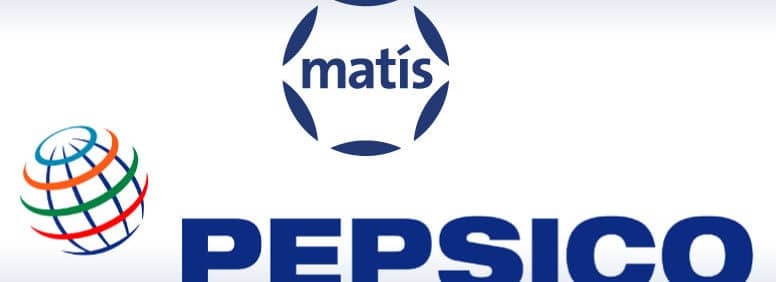
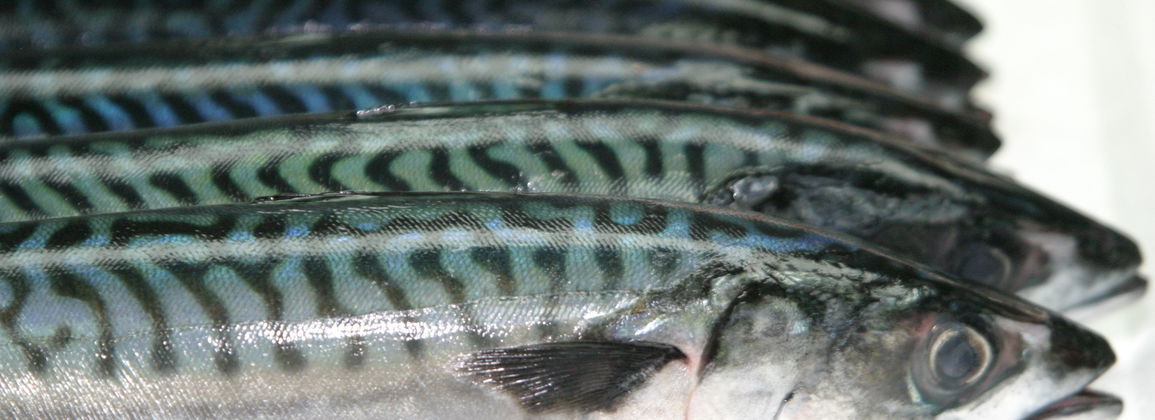
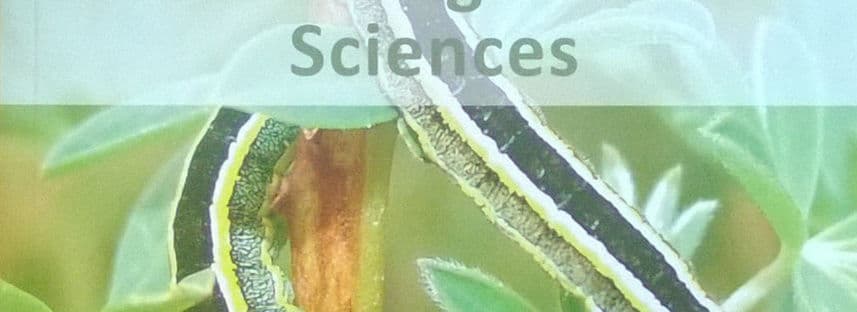
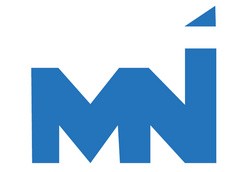
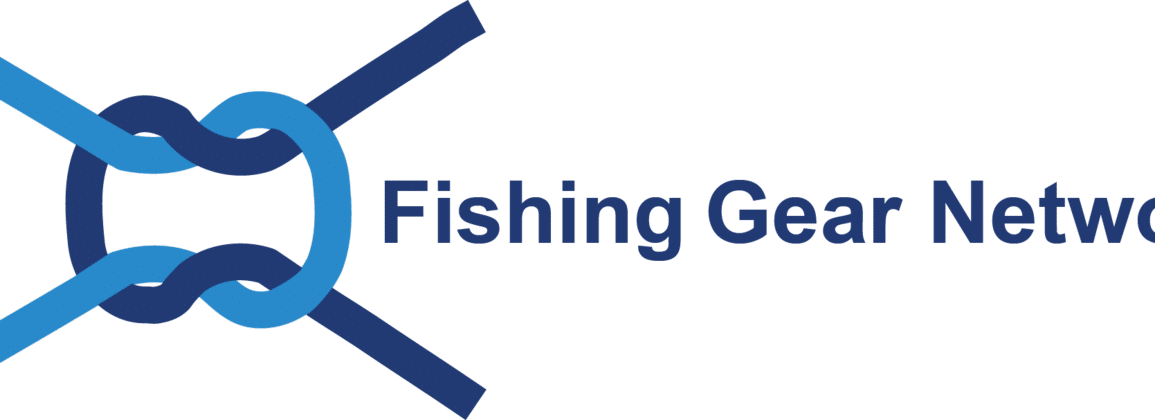

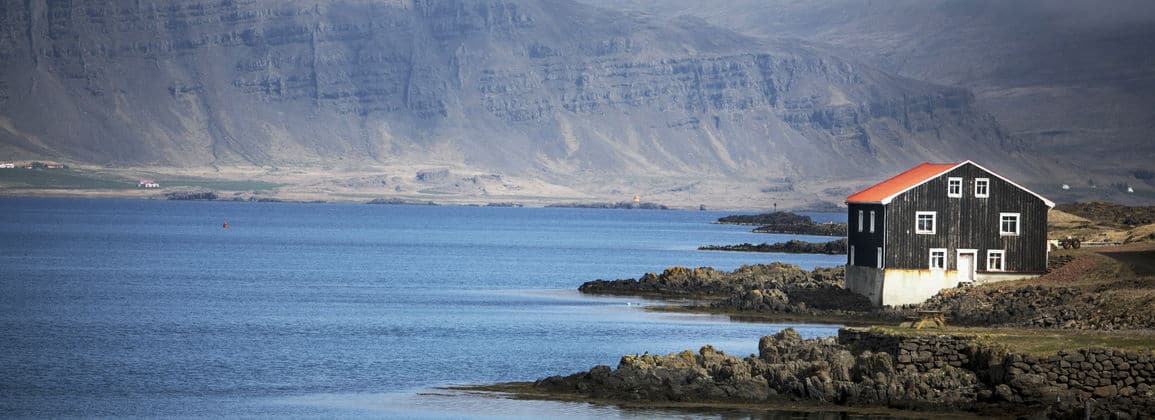
 Sigurjón Arason Matís' chief engineer and professor at the University of Iceland
Sigurjón Arason Matís' chief engineer and professor at the University of Iceland